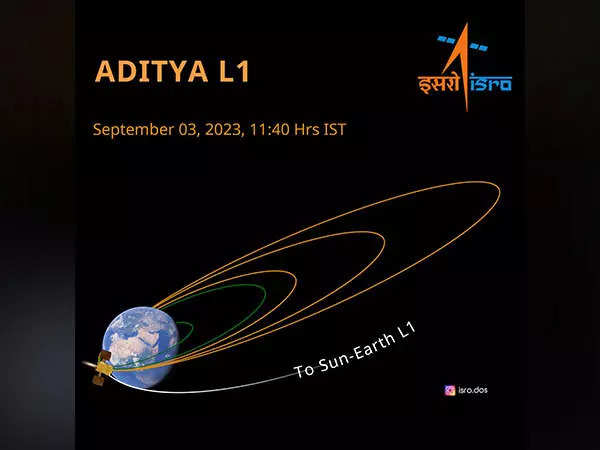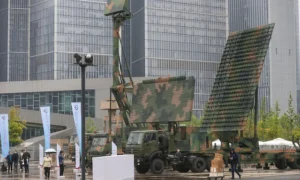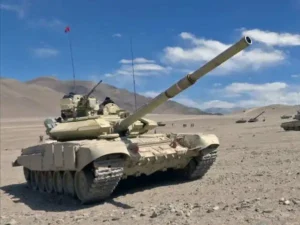“The third Earth-bound manoeuvre (EBN#3) is successfully completed from ISTRAC, Bengaluru.” “During this operation, ISRO’s ground stations in Mauritius, Bengaluru, SDSC-SHAR, and Port Blair tracked the satellite,” the Indian Space Research Organisation (ISRO) said in a post on social media site X (formerly knows as Twitter).
The new orbit achieved is 296 km x 71767 km, according to the statement, and the next maneuver is slated for September 15, around 2 a.m.
Aditya-L1 is India’s first space-based observatory, and it will study the Sun from a halo orbit around the first Sun-Earth Lagrangian point (L1), which is around 1.5 million kilometers from Earth.
On September 3 and 5, the first and second earthbound movements were successfully completed. Before entering the transfer orbit towards the Lagrange point L1, the spacecraft will perform one final earthbound orbital maneuver.
A total of five maneuvers will be carried out throughout the spacecraft’s 16-day voyage around the Earth, during which it will build the velocity required for its subsequent journey to L1.
ISRO successfully launched Polar Satellite Launch Vehicle (PSLV-C57) carrying Aditya-L1 from the Satish Dhawan Space Centre’s Second Launch Pad in Sriharikota on September 2.
The spacecraft is projected to reach its planned orbit at the L1 point in around 127 days, according to the space agency.
According to ISRO, a spacecraft in halo orbit around the L1 point offers the benefit of constantly viewing the Sun with no occultation or eclipses. This will allow for a better understanding of solar activity and its impact on space weather in real time.
The ISRO and national research laboratories, notably the Indian Institute of Astrophysics in Bengaluru and the Inter-University Centre for Astronomy and Astrophysics in Pune, have designed seven scientific payloads for Aditya-L1.
The payloads will use electromagnetic, particle, and magnetic field detectors to study the photosphere, chromosphere, and the Sun’s outermost layers, known as the corona.
Four payloads will directly see the Sun from the unusual vantage point L1, while the remaining three will conduct in-situ studies of particles and fields at the Lagrange point L1, yielding significant data on the propagatory influence of solar dynamics in the interplanetary medium.
The Aditya L1 payload suites are expected to give the most critical information for understanding the problem of coronal heating, coronal mass ejection, pre-flare and flare activities and their characteristics, space weather dynamics, and particle and field propagation.
Scientists believe there are five Lagrangian points, or parking spots, between the Earth and the Sun where a small object will tend to stay put.
The Lagrange Points are named after Joseph-Louis Lagrange, an Italian-French mathematician. These places in space can be used by spacecraft to stay there while using less fuel.
The gravitational pull of the two huge things (the Sun and the Earth) equals the centripetal force required for a tiny object to move with them at a Lagrange point.
(Inputs from PTI)
Source link
#isro #aditya #ISROs #Aditya #successfully #performs #earthbound #manoeuvre #boosting #Sept








